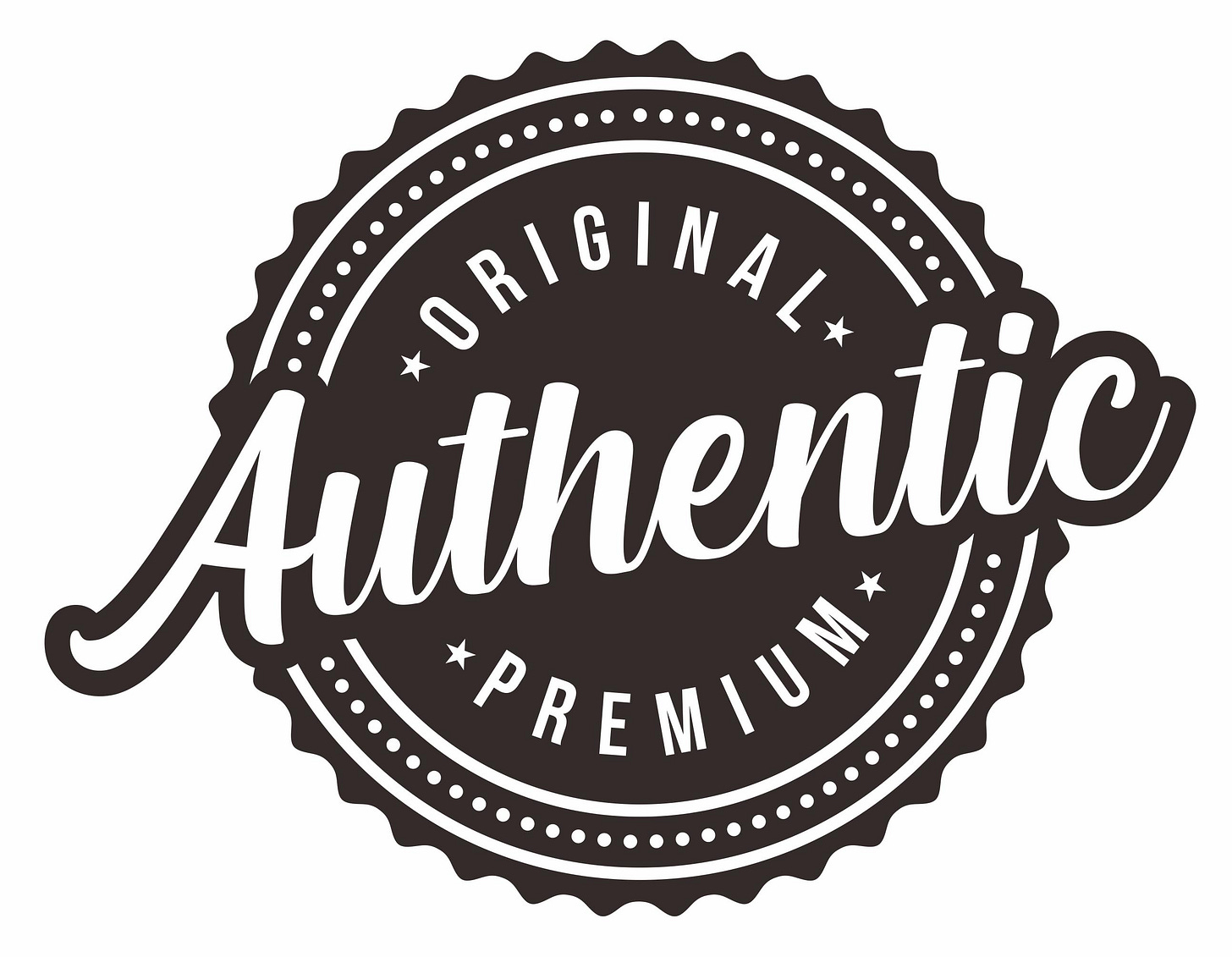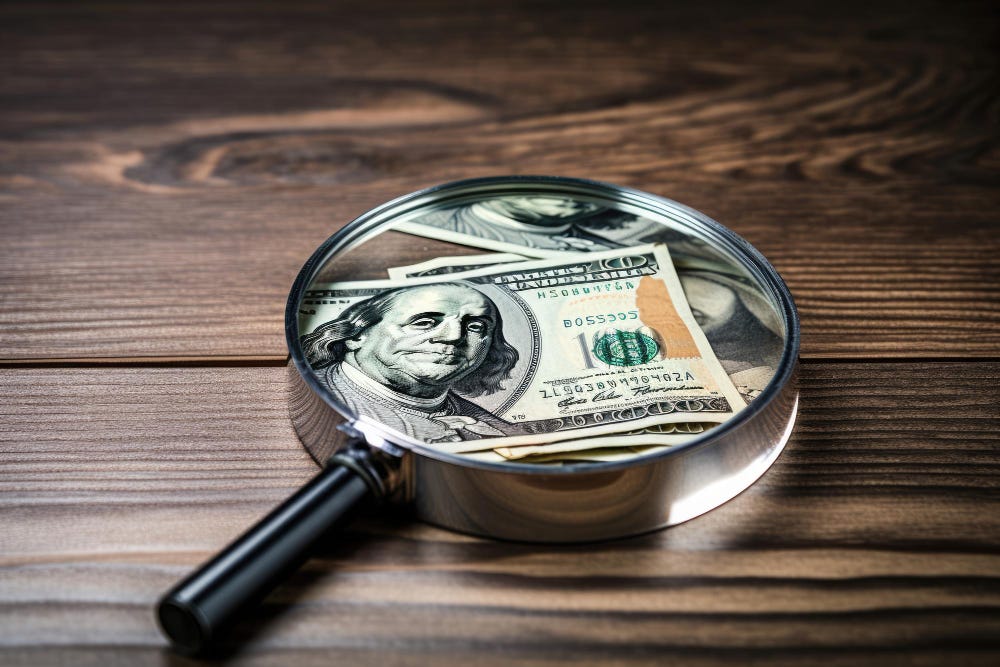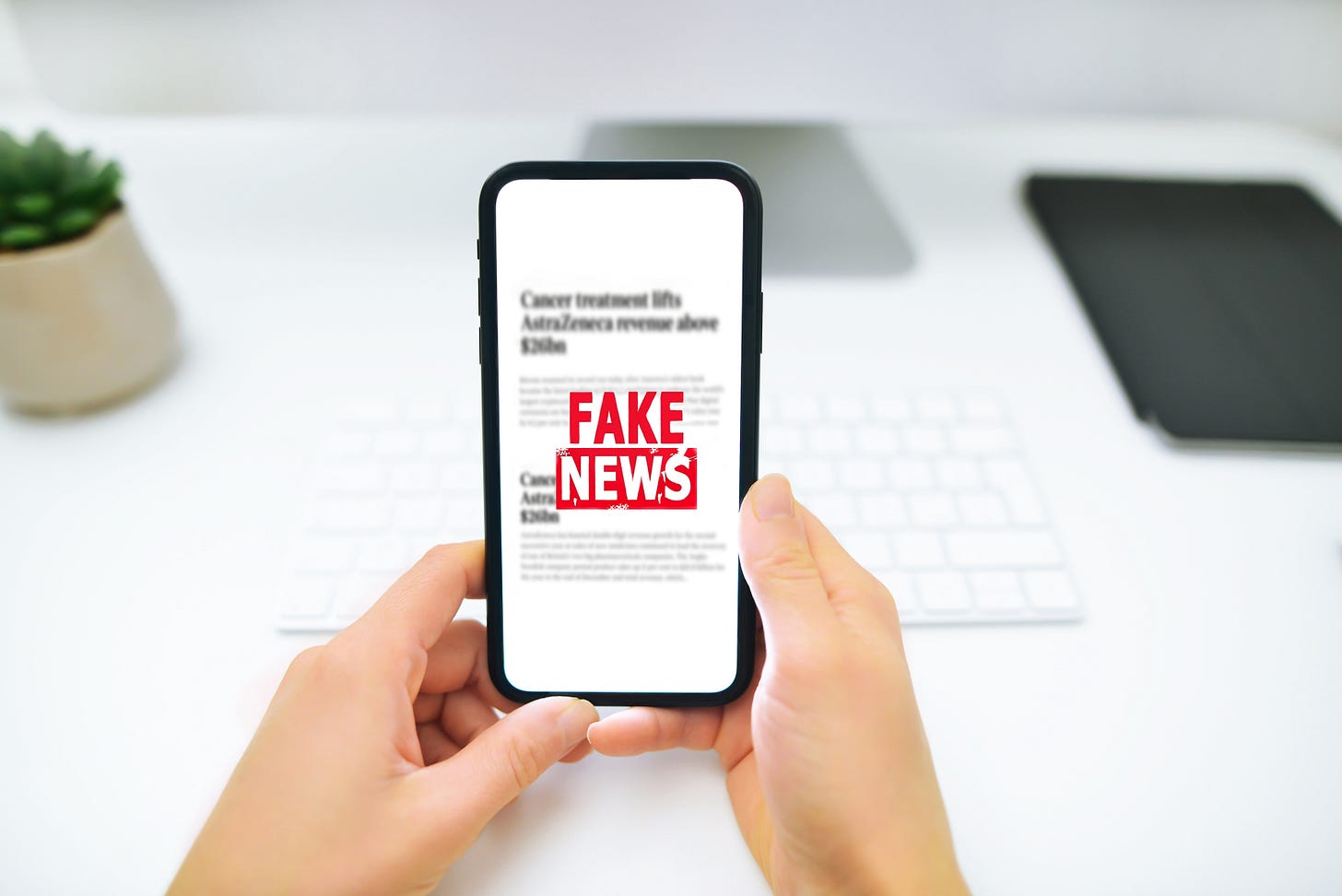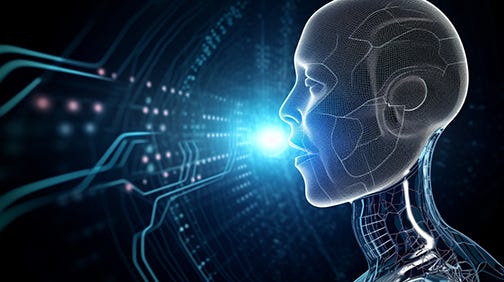FC 172 on intestacy, contrary to my trepidations, was well received. Many felt that I was explaining in easy-to-understand words certain legal aspects of estate & intestacy. Let me share some of the comments I got:
Lakshmi Raman said: “An interesting read, Prasanna. I didn't know about the earlier Estate Tax of 85%, which might have left inheritors with nothing worth inheriting. And thank you for helping me make a Will. We Indians talk about death and yet don't make a Will.”
Atul says: “Indeed informative and highlights the need for a person to make a will. Making a will does not mean death is imminent. A will is always revocable by the person making the will (testator). Good advice, Pras.”
Tarun sums it up: “Good Will ensures no ill will. Thanks for driving the point home.”
Rita Kapur made a long and interesting comment. I’m abridging it for want of space: “Will or no Will, complications are bound to arise. However, a Will properly executed will make the challenge difficult. I know a case where a small apartment was bequeathed to 6 legal heirs by their loving mother. The matter is unresolved. Would six keys and 6 locks have solved the problem? Thanks for FC on such inspirational topics entwined with your humour as usual.”
Murali Neelakantan writes: “Excellent as always. It reminds me of a true story that happened about 30 years ago. One of my classmates in law school wasn’t keen on the law and, to be fair, the feeling was mutual. He came out of one exam (which had one fact situation with many questions arising from it) asking what if so many people die on the boundaries of States that it is an important legal issue being taught in class. If you haven’t guessed, he’d read someone else’s handwritten notes the previous night and misread intestate as interstate. Truth is often stranger than fiction.”
S G Murali: “Most of us want to write the will – but invariably postpone it to a future date. Timely reminder. Thanks a lot.”
🔎Authenticity
Merriam-Webster’s Word of the Year for 2023 is authentic. It is not surprising, and the reasons are not hard to see. Words like ‘fake’ & ‘deepfake’ have featured in many ways in many mediums. There has been a clamour for accurate and reliable sources of authentic information. Unfortunately, suspicion is so deep that even something authentic is looked at with a wary eye.
The word ‘authentic’ can have different meanings in different contexts, but largely it is understood that it stands for something real or not an imitation. Although a desirable quality, authenticity is hard to define in very general terms.
Take for instance a work of art like the painting of well-known painters. Authenticity in art refers to the qualities of an original piece of art, as opposed to a reproduction. Original works are said to be authentic, whereas reproduced works lack authenticity. It is impossible for the person replicating the work to recreate the original work, though there are instances of forgery.
When we talk of forgery, what comes to mind are signatures, which are usually forged, but forgery has become a sophisticated art and with the advancement of technology differentiating the original from the forgery often poses a challenge. During my law practice, I have come across forged wills, cheques, deeds or fabricated documents which were subject matters of either civil or criminal proceedings. As opposed to forgery, counterfeits are reproductions of the original intended to be passed off as the original, mostly currency notes.
Replicas are not authentic, but unlike counterfeits or forgeries, replicas don’t attempt to pass themselves for the original but may be used for educational purposes or as curios. Sometimes, replicas are intentionally made and used for display when the original work of art has either been lost or is in decay.
The word ‘fake’ is easy to understand, but it is becoming increasingly hard to distinguish real from fake given the ingenuity of the propagators of fake news. Things have come to such a pass that we have begun to suspect reports which may be factual. The sad thing is the speed at which fake news spreads or is forwarded without pausing to check its authenticity.
Feelings can be faked. You can fake that you are happy or hurt or concerned. Faking a feeling is most of the time a pretence and not exactly dishonest unless faking is with an intent to gain some advantage or benefit from it. If someone fakes to being a qualified doctor when he might have been just an experienced male nurse, he could expose himself to criminal action. Whatever may be, faking is not an authentic expression of a feeling, though it may be quite convincing. (In my school days, I faked a stomach ache to bunk school but regretted it later when I was made to drink some homemade bitter concoction and not allowed to play in the evening. I think that was how my bluff was called.)
According to Sloan School, MIT, deepfake refers to a specific kind of synthetic media where a person in an image or video is swapped with another person's likeness. The term “deepfake” was first coined in late 2017. Deepfaking the voice of someone you know to deceive you or your voice to hold you to some kind of ransom has become quite common. There are instances when a person posing to be the son studying abroad has made a call to extract money from the parent who complied, believing it to be the voice of his son. If one suspects mischief it is good to call that person to check.
According to MIT, deepfakes are increasingly found in videos or morphed pictures. In India, popular movie actors have become victims of such deepfakes. To make a deepfake video, a creator swaps one person’s face and replaces it with another, using a facial recognition algorithm and a deep learning computer network. How can one spot a deepfake? Groh and his colleagues at MIT Media Lab created an online test as a resource for people to experience and learn from interacting with deepfakes. You, too, can try: 🔗https://detectfakes.media.mit.edu/
It is not difficult to see how authentic people are when you interact with them. My authenticity is not something I proclaim, but is an attribute ascribed to me by my peers. Being brutally frank and speaking one’s mind is not exactly a feature of authenticity. In my view, authentic people take time to develop an opinion and then speak their minds. They aren’t threatened by failure and can admit their faults. They are often less judgmental of others and have strong self-esteem.
Bill Maher, Television host and stand-up comedian, says:
“We now live two lives. There’s the real us, the person in a kitchen or a bar, who speaks like a human with trusted friends, and then there’s what I call our avatar. Our avatar looks and sounds like us, but it’s not us. It’s the persona we adopt in any public sphere, which now includes your followers on Twitter and Instagram and thousands of friends on Facebook.”
He thinks Facebook should be called a two-faced book because on it, we portray what we are not in real life. Is our avatar more authentic than we are, in real life? Hmmm…
Friends, my wife and I are ticking off one more item on our bucket list. Yes, we are going to Nagaland to witness an authentic hornbill festival. We will be in Kohima on the 9th when FC falls due. If you don’t find it in your inbox, please assume I couldn’t catch the bill by the horn (dad joke).
Now, to end in a lighter vein:
Two crows were in a field when they noticed a figure that looked like a man in the distance
“See that over there? What is that?” Says the first crow
The second crow takes a long look, “That's a scarecrow. Looks authentic, doesn't it?”
“How can you tell it's a scarecrow and not a person?” Replies the first crow
“Look at its hand. No cellphone” says the second crow
Salesman: “Sir, this product comes with a certificate of authenticity.”
Sceptic customer: “Is the certificate authentic?”
Ciao, be seeing you soon. Take care and be safe - an authentic wish 😄








We live in a world today where authenticity is scarce. Fake news is the headline of the day and AI makes it easier to create such a world that is artificial. Our president uses the word hyperbole frequently because we lack the credibility and honesty to be truly authentic. 🙁
Another authentic one in the world of fakes, we have fakes, counterfeits, first copy, second copy in products and fake or rather unauthentic behaviour of people, whether in person or in digital form, and now deepfakes through technology. Hope we change for better in the coming years.